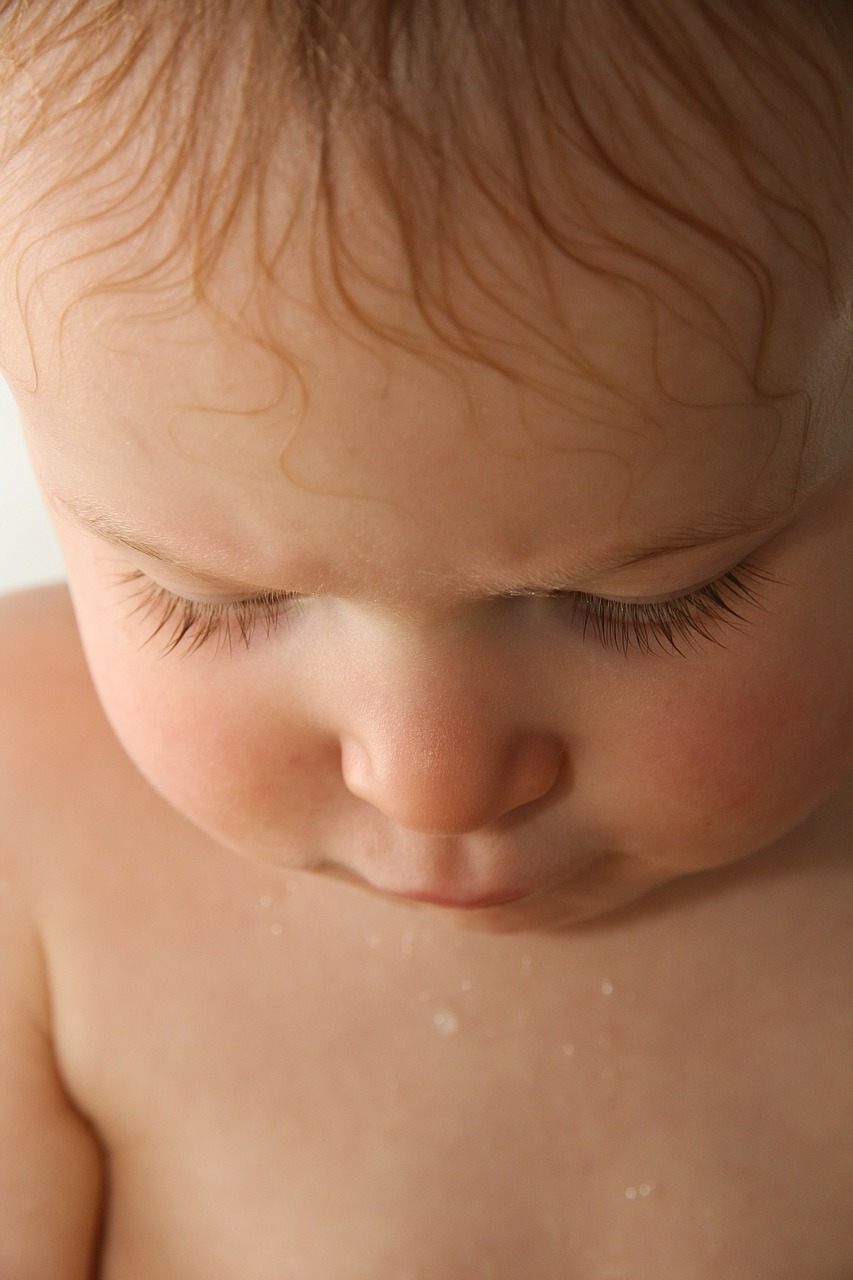Experimental Test Can Spot Autism in Infancy

Researchers say they can predict whether some infants under the age of 1 will actually develop autism in their second year.
The new experimental technique, using standard brain screening, is designed to focus solely on newborns known to be at high risk for autism because they have an older sibling who has it.
But the diagnostic breakthrough addresses a key problem that has confounded efforts to effectively screen for autism as quickly as possible: Babies typically don’t show clear outward signs of the disorder until nearly the end of their second year of life. By using scans to peek into the shifting size, surface area and thickness of certain parts of a baby’s cerebral cortex as a baby hits the 6-month and 12-month mark, investigators found that they could forecast autism risk with 80 percent accuracy.
The new screening approach was tested on approximately 150 infants, more than 100 of whom were deemed to be at high risk for developing autism because of familial background.
Study author Dr. Joseph Piven, director of the Carolina Institute for Developmental Disabilities at the University of North Carolina, Chapel Hill, pointed out that newborns who have older siblings already diagnosed with autism face a five times higher risk for developing autism themselves.
MRI scans were conducted on the babies at the 6-month, 1-year, and 2-year marks. This is a time frame during which obvious symptoms of autism are few, despite possible evidence of motor and/or mental dysfunction.
Key brain measurements were then fed into a computer-generated algorithm, which generated autism prediction scores based on two observations: First, infants who develop autism by age 2 appear to undergo relatively high brain-surface growth between ages 6 months and 1 year.
The second observation: High brain surface area growth in the first year of life is linked to a higher overall brain size in the second year of life. This brain overgrowth is an established marker for autism risk, researchers said.
The results: The computer program was able to accurately predict autism in eight out of 10 of those babies who developed autism by age 2. Also, the approach was nearly perfect in predicting which high-risk babies would not develop autism by age 2.
Piven cautioned that the findings are “experimental,” and need to be replicated with more research. Piven and his team report their findings in the Feb. 15 issue of Nature. A preview of the article is available here.
Read the full article on HealthDay online.



